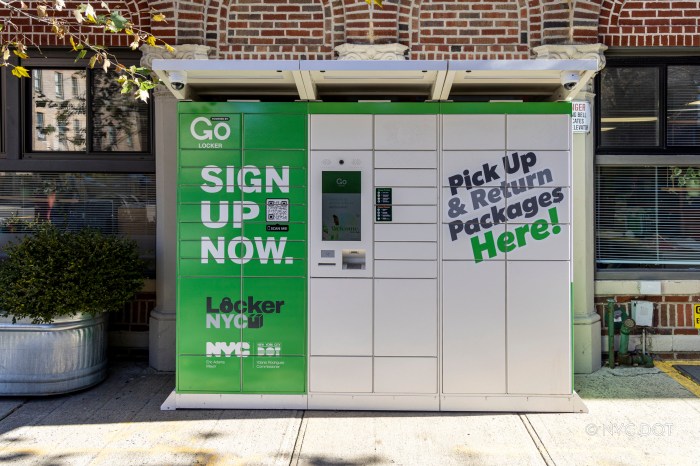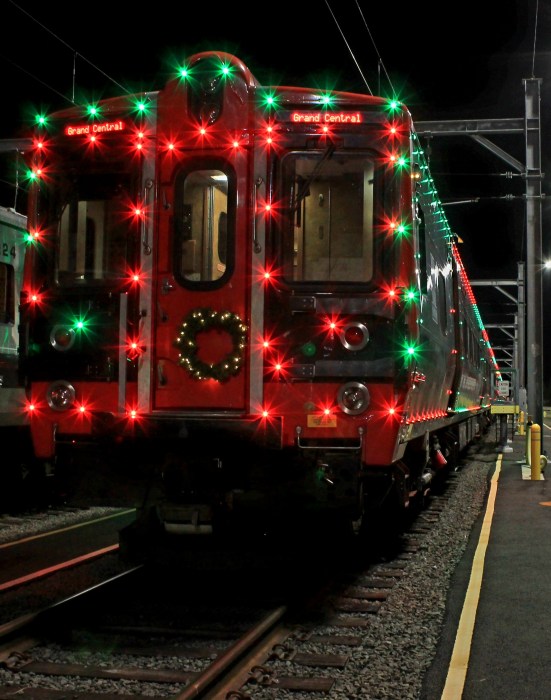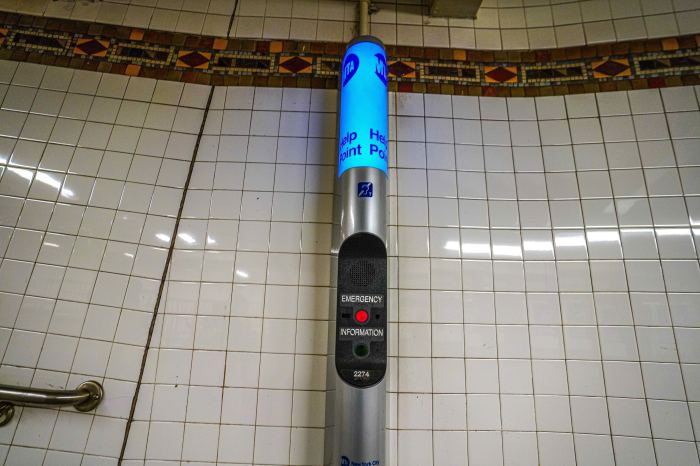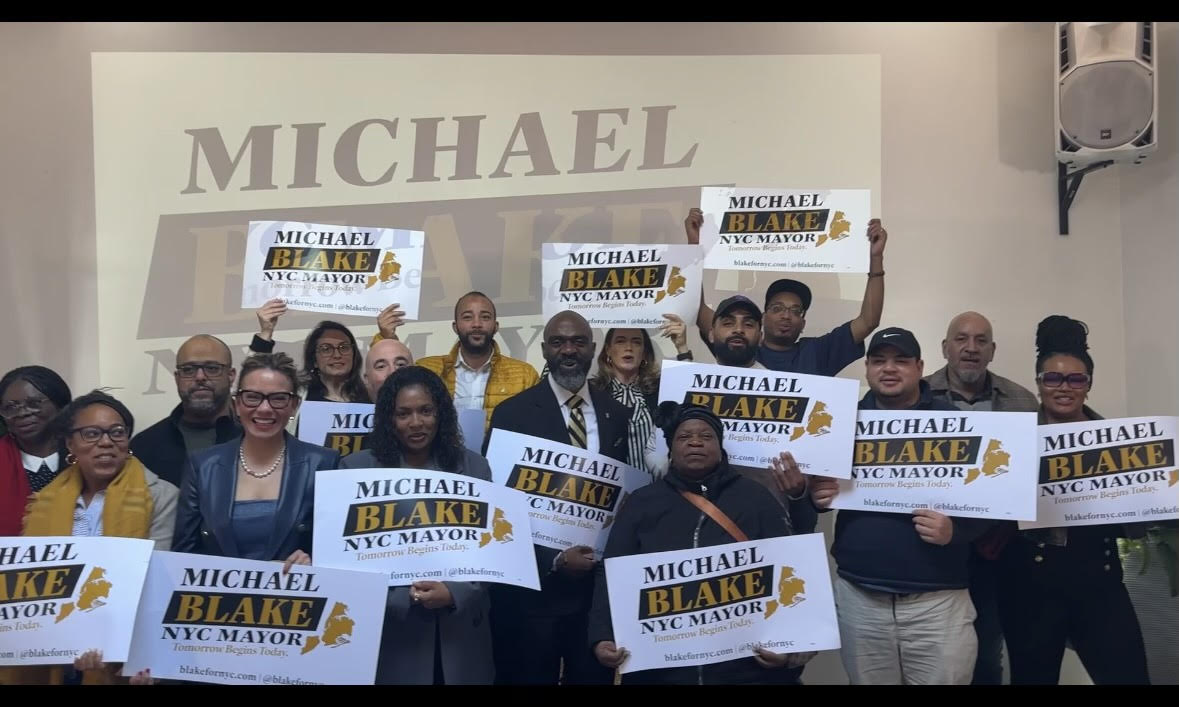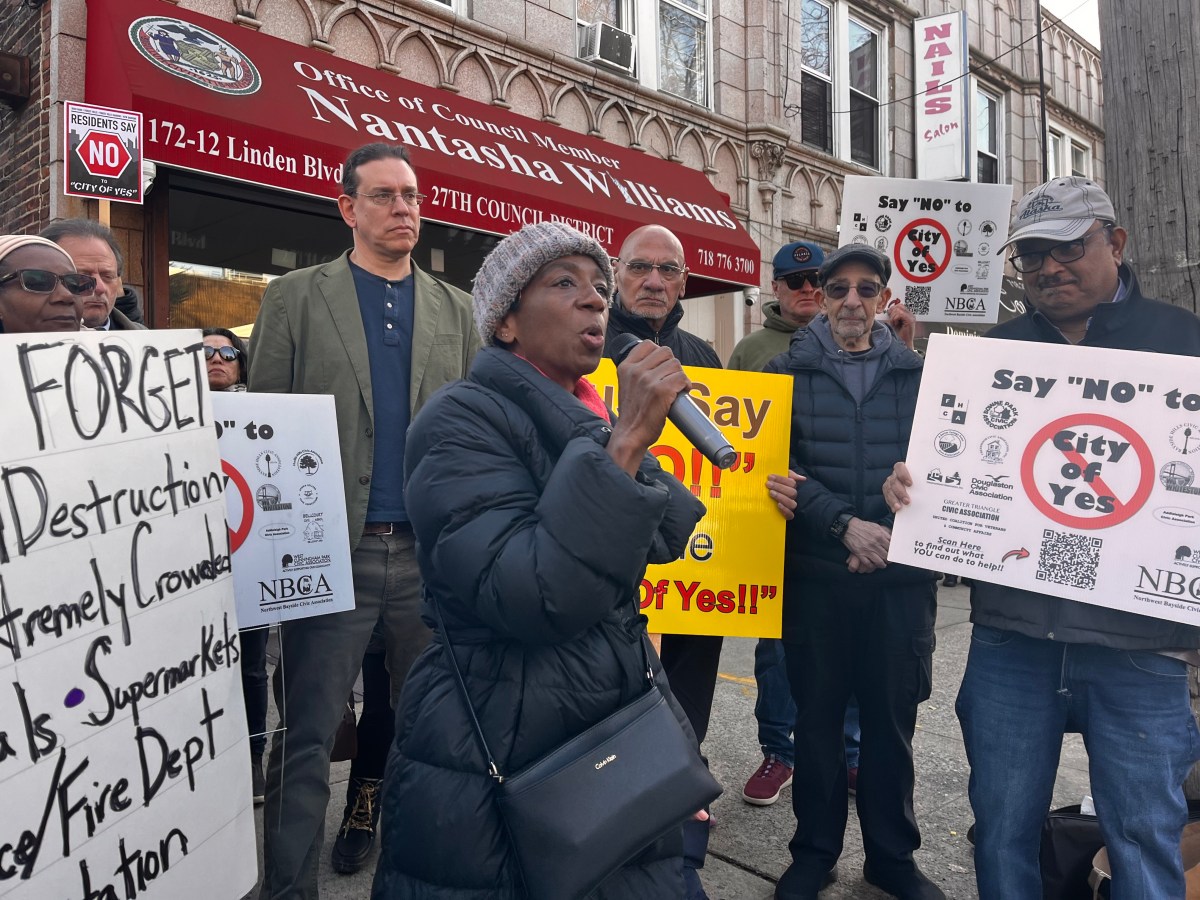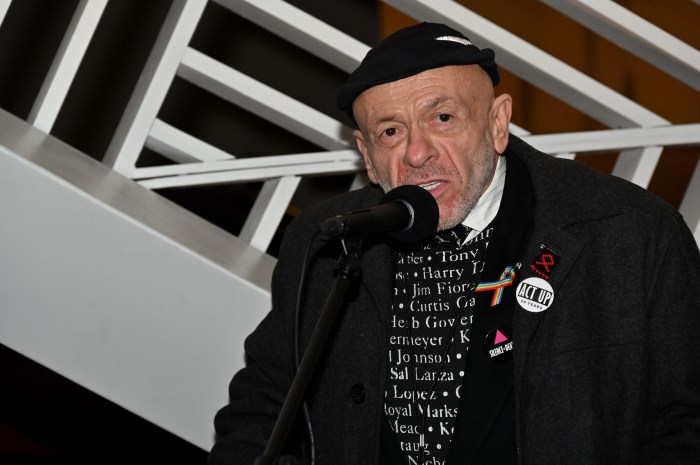At age 12 Michael Silano and Joseph Cunningham rode the city’s subway trains, exploring the outer-reaches of their Brooklyn neighborhoods for 5 cents a ride in the 1950s.
“The Brighton Beach line was in my backyard,” said Silano, 63, a chemist from Hillsborough, New Jersey. “I could look out my window and watch the trains come by. . . . For me this was great stuff. Subway cars were running through my yard.”
This weekend Silano and hundreds of other subway fans can relive their youth when the MTA celebrates the 100th anniversary of its BMT line — the heavyweight, rivet steel trains known for their spacious head space, porcelain poles and handgrips, overhead fans and rattan wove seat covers.
The Metropolitan Transporation Authority will pull out its Standard 1917 car, the 1927 Triplex car, the 1930s R1/9 cars and an assortment of post-World War II cars that will be linked together at its Brighton Beach Q station on Saturday and Sunday.
With a MetroCard swipe, riders can hop on the vintage train cars: one track will run a short nonstop loop through Ocean Parkway and the other will operate a longer nonstop loop through Kings Highway.
“I remember those festive days pulling into Coney Island and Brighton Beach, smelling the French fries and ears of corn cooking,” Silano said Friday. “People were going to the beach to hangout and have a good time. It was really a big deal.”
“I rode those trains for the thrill,” said Cunningham, 63, of Jackson Heights, Queens. He became an engineering historian, a vocation nurtured by the discovery at age 15 of 1920s train almanacs in his high school library. “I was the only one who checked them out. The librarian asked if I wanted them.” He took them an put them in a closet. “I forgot about them until I was in college.”
Cunningham and Silano used the almanacs to write the city’s first comprehensive history about New York City’s transit system.
“Those [BMT] trains had a large capacity,” Cunningham said. “They were wider and built to handle more people comfortably with more doors for access,” he said. Each car seated 78 people and as many as 200 “could be crammed in,” he added.
The steel workhorse BMT trains were retired in 1965, replaced by today’s stainless steel shell cars with fiberglass seats. “People liked the bright stainless steel because it looked modern with it florescent lights,” said Cunningham, who has researched the train system for 40 years.
Cunningham said the subway line into Brooklyn came during rapid residential home construction. “It was the 1920s. People could get home mortgages and buy homes and jobs were available. It was a real boom time.”



